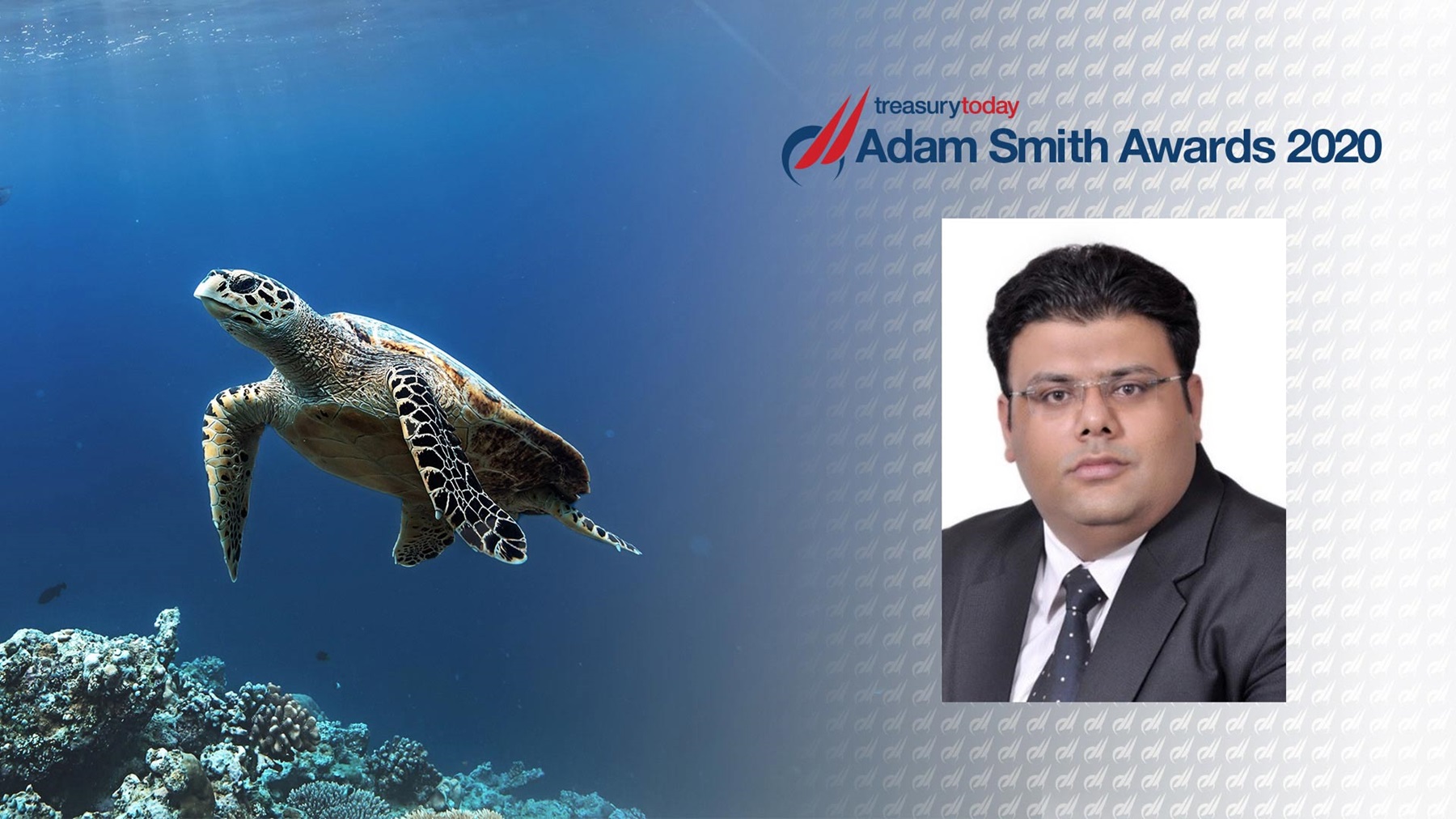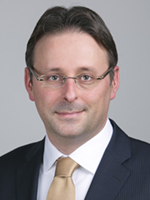
Photo of Varun Wadhwa, Deputy Treasurer.
Steven Krippner
Treasurer
Varun Wadhwa
Assistant Treasurer
Chiara Blosio
Assistant Treasurer
Gessica Scida
Assistant Treasurer

The Baker Hughes (BKR) treasury transformation journey started with the merger of Baker Hughes Incorporated and GE Company’s Oil and Gas business in 2017. The combined company operates in 120 countries and generates over US$20bn revenue. The merger provided an opportunity to the BKR treasury team to build-off existing capabilities and leverage technology to take treasury capabilities and operating model to the next level.
in partnership with


Impressive new start for Baker Hughes
The challenge
The Baker Hughes (BKR) treasury transformation journey started with the merger of Baker Hughes Incorporated and GE Company’s Oil and Gas business in 2017. The combined company operates in 120 countries and generates over US$20bn revenue. The merger provided an opportunity to the BKR treasury team to build-off existing capabilities and leverage technology to take treasury capabilities and operating model to the next level.
Key design principles and workstreams
Three well-articulated design principles guided the team throughout the entire project.
A simplified and consistent global delivery model.
- Deliver synergies and enable efficiencies.
- Adopt leading market practices and leverage digital trends.
The project incorporated three workstreams.
- Simplified bank and cash management structures
At merger, BKR inherited a diverse banking structure from the two companies with a significant number of accounts and multiple cash pools. This presented a perfect opportunity for the company to simplify the banking landscape and optimise liquidity.
The company’s first step was to consolidate USD accounts globally with one bank to allow global USD pooling.
In addition, BKR consolidated European liquidity by selecting a single bank per currency with an innovative overlay multi-currency notional pool to facilitate pan-European cash consolidation. This overlay structure was integrated with the USD pool to create a fully automated global liquidity structure.
The new structures automated manual cash positioning processes, freed up significant liquidity, and reduced bank fees for the company.
- Build consistent global delivery model
BKR established a global delivery model with treasury employees based in HQ and business division locations, and regional capabilities to meet language and time-zone requirements.
The company established global finance centres in Budapest and Kuala Lumpur, housing several finance processes including accounts payable, cash accounting and inter-company. BKR treasury leveraged these locations to build cash management and treasury operations capability to enable collaboration between broader finance teams and integrate the cash cycle of the company.
Key treasury team members were selected to lead workstreams. Some of the newly hired employees for future run roles were also carved out to design, test and deploy the new treasury processes and technology platforms. This enabled the new teams to gain valuable experience to transition into run roles as the project work completed.
- Treasury technology infrastructure and innovation
BKR built its treasury technology stack around a core treasury management system (TMS) – FIS Quantum. Additionally, different specialist applications were integrated with the TMS to meet distinct requirements.
In order to manage the controlled execution of high-volume derivative instruments, BKR leveraged the SWIFT messaging, real-time market data from Bloomberg and FIS Intellimatch for auto-confirmation to establish straight through processing.
Additional solutions were deployed to meet broader company-wide requirements:
- A payment factory (FIS Trax) connected with multiple banks and ERP’s to enable straight through processing of one million payments across multiple jurisdictions and clearing systems. The solution leveraged XML formats to source rich bank reporting to increase cash visibility and enable improvements in auto cash reconciliation rates.
- An electronic bank account management system (FIS eBAM, together with an embedded RPA), to act as a single database for banking data and to enable a controlled and centralised process for manging bank accounts. This was critical when operating in 120 countries with complex banking requirements.
- A trade finance solution (GTC) which serves as a single database for a multi-billion trade finance portfolio. A highly configured workflow has been deployed to trigger risk-based approvals for new instruments. Rich reporting capabilities within the system are also being leveraged to provide early warning across the portfolio enabling the team to take proactive actions.
Partnership
Baker Hughes partnered with several key players to achieve these ambitious objectives. The different vertical workstreams consisted of the core BKR project team, PwC Treasury Advisory and the different technology partners (FIS, 360T, GTC, Chatham, Bloomberg). The relationship with key banking partners also proved vital.
Conclusion
Very few companies get the opportunity to leverage the existing capabilities from two global organisations to design a vision for a future operating model and get sponsorship from the C-suite to implement that. It was a unique opportunity to decommission legacy systems and procedures and Baker Hughes seized it. In less than two years, cutting-edge technology solutions are live, processes, controls and operating procedures have been implemented and are operational.

Hans Candries
Engagement Partner, PwC
I led the team on this transformational journey with Baker Hughes. In a nutshell, we have worked side-by-side and created a fully operational treasury function from scratch in less than two years. The company’s global banking landscape has been simplified and we have optimised their cash and liquidity structure. Several legacy systems have been replaced by cloud-based state-of-the-art treasury technology. This project, which was very high on the company’s C-suite agenda, has had a profound and meaningful impact both from a business and a people perspective and I am very proud to have been part of it.
in partnership with

Listen to podcast